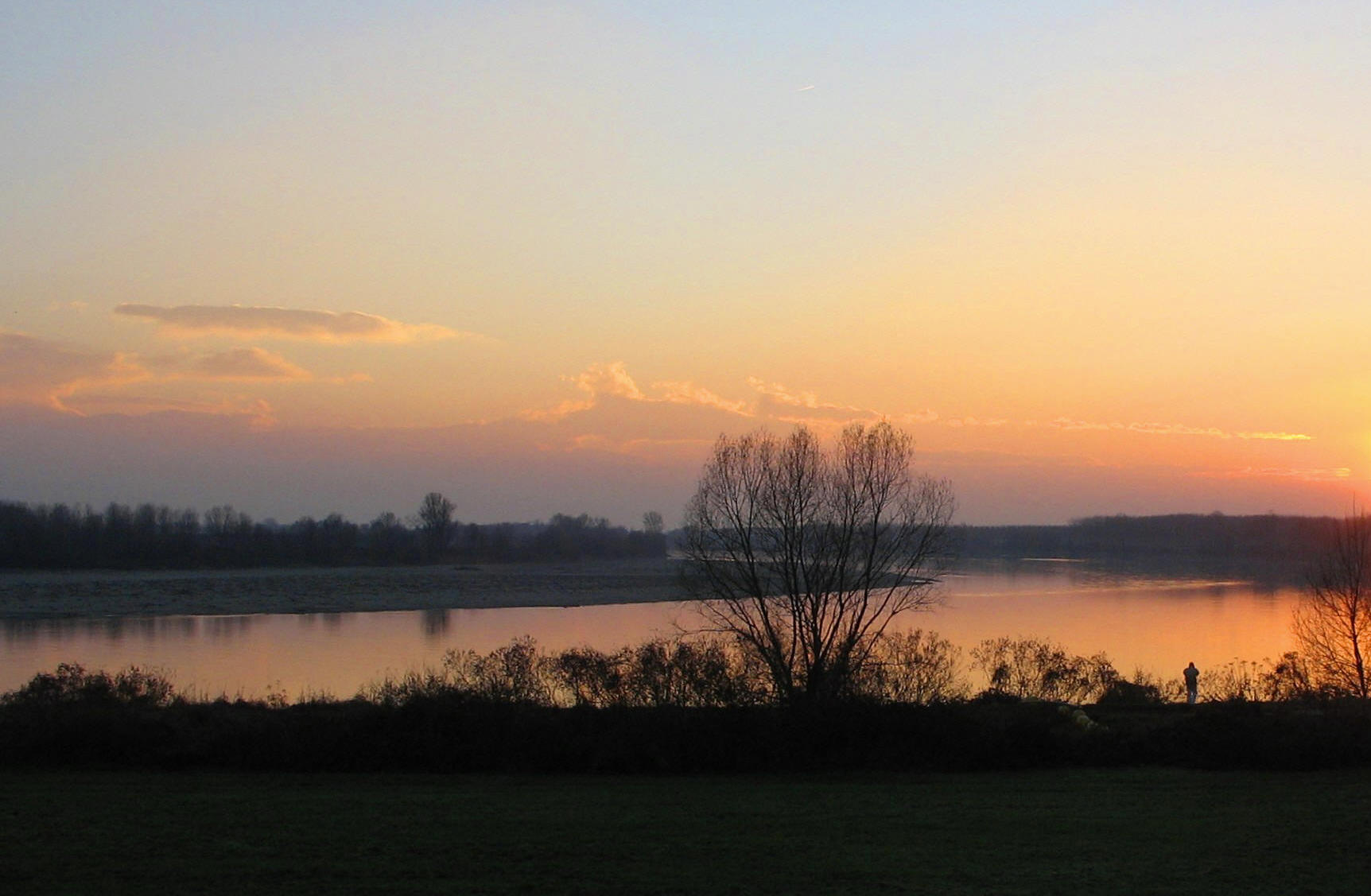
 The last sun of late summer in a remote corner of Bassa. Gargatano of Somaglia
The last sun of late summer in a remote corner of Bassa. Gargatano of Somaglia

filled by Giulia & Romeo

Here the world ends. To tell you with conviction, before the banks of the Po, is not the plaque with the words of a poet who died but a person of flesh and blood, who runs the sailing club and restaurant near there.
And the world ends in this stretch of countryside from the river stopping to tell the truth is not hard to believe.
When you arrive here after a few miles of paved road that winds through fields of wheat and dairy farms, where it is not unlikely to put your car on the side to give way to a tractor.
You meet a desolated lost road at only a few minutes from the A1 motorway north of Piacenza: Guardamiglio in fact, and continues to Valloria, a charming fraction that is difficult to escape. Arriving in front of the Po, in the town of Somaglia Gargatano. Three yellow umbrellas on the banks of the river remind you that summer is not over yet, but if you prefer to relax on a deck chair and rent a bike and get in a couple of miles of the beautiful Oasis Monticchie.
A dip into history and tradition awaits, before returning home, and Valloria Guardamiglio.
Valloria you'll want to look at the parish church of red brick, with an evocative coming here seen in the rearview mirror while you are away from the main road.
And entering the car in the village, which you seem to wait more than waiting for someone or something else. The air is silent waiting between the small colorful houses but if you ask around there are no special events to animate Valloria if not the country's traditional festivals dell'Anitra, in August, and that of the Crucifix, the first Sunday in September. That crucifix was found in the waters of the Po several years ago, and now you can see it on the altar to the right of the transept of the church of San Fermo Martyr. On the day of his feast was once transported in a barge on the river Po, now by hand through the streets of Valloria,with volunteers from the small village.
And before leaving Bassa, photo in the center of Guardamiglio must be taken, with the beautiful neoclassical faēade of the church of St. John the Baptist, built in 1678.
A square, a church, a cafe with outdoor seating: in a fall day you seem to be catapulted into a movie set of an Italian film of the Second World War. And in the pages of a secret history of the country, what about the name. What will be the right interpretation of the three? That would make it back to the consul L. Aemilius, who subdued a rebellion here Ardor Aemilii independent of the Gauls and then by correcting phonetic Guardamiglio? Or is it more true the hypothesis that the country's name derives from the distance that separated him from Piacenza, that "to a quartum miliarum?" Or better yet from a simple description of the site, whose surroundings were planted with millet, the proof is the coat of arms depicting a stalk of millet.
|
|
 |






















